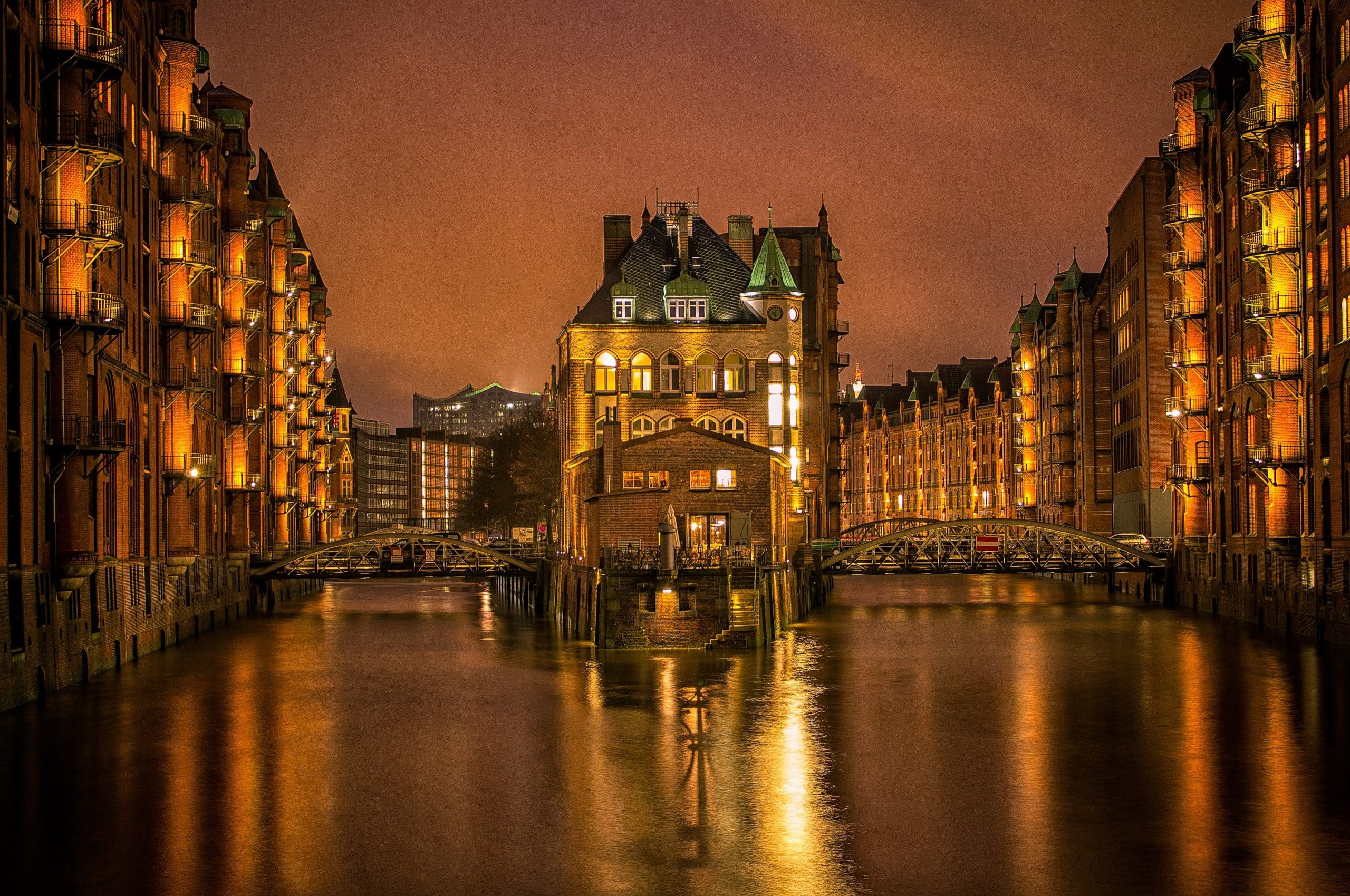As our cities continue to swell with people, the issue of sustainable and affordable housing has become a mounting concern. The need for quality homes that are both practical and affordable is no longer just an attractive selling point, but rather a necessity in order to ensure flourishing urban communities. From the use of renewable energy sources to water recycling systems, sustainable architecture holds the potential to address these crucial needs. In this article, we’ll explore the ways in which sustainable architecture can help fulfil the housing needs of our burgeoning urban populations.
Exploring the Concept of Sustainable Architecture
The term “sustainable architecture” refers to an approach to design and construction that focuses on creating buildings that minimise environmental impact. By leveraging renewable resources and incorporating innovative features that conserve energy, water, and other resources, sustainable architecture aims to create buildings that are not only functional and aesthetically pleasing, but also environmentally friendly.
A lire en complément : The benefits of Hula Hoop: strengthen your body and soothe your mind
Sustainable architecture is not just about reducing the environmental footprint of buildings. It’s also about creating spaces that are healthy and comfortable for people to live in. This includes considering factors like air quality, natural light, and the use of non-toxic materials.
Understanding the principles of sustainable architecture provides a solid foundation for examining how this approach can contribute to addressing the housing needs in growing urban areas.
A découvrir également : The mariage of exterior and interior design: Monaco's luxury gardens
Addressing Affordable Housing through Sustainable Design
The issue of affordable housing is a significant challenge in growing cities. When you consider the increasing population and the rising cost of land, it becomes clear that creating affordable housing options requires a novel approach. That’s where sustainable architecture comes into play.
One of the ways sustainable design can help bring down construction costs is by utilising locally sourced materials. This not only reduces transportation costs but also supports the local economy. Moreover, sustainable buildings often feature designs that maximise space usage, allowing for smaller but more efficient homes.
Another key cost-saving feature is the focus on energy efficiency. Buildings designed with energy-saving features such as solar panels, energy-efficient appliances, and high-quality insulation can significantly reduce utility bills, making them more affordable in the long run.
Utilising Sustainable Construction for Urban Development
Sustainable construction methods are an integral part of sustainable architecture. These methods are not only environmentally friendly but also highly efficient, which can significantly speed up the construction process and reduce costs.
For instance, prefabrication, a process where components are manufactured off-site and then assembled on-site, drastically reduces construction waste. Additionally, it allows for better quality control, resulting in buildings that are more durable and require less maintenance.
Sustainable construction also involves the use of green building materials. These are materials that are renewable, recyclable, and have a low environmental impact. Using green building materials can help make the construction process more sustainable and can contribute to the overall sustainability of the building.
Incorporating Community Needs into Sustainable Architecture
Sustainable architecture is not just about the buildings themselves, but about the communities they serve. A sustainable building should fit the needs and lifestyle of its inhabitants, fostering a sense of community and enhancing the quality of life.
This can be achieved by involving the community in the planning process, taking into consideration their needs and preferences. For example, incorporating communal spaces such as parks and gardens can promote social interaction and contribute to the overall wellbeing of the residents.
Furthermore, sustainable architecture can promote healthier living. For instance, buildings that are designed to maximise natural light and ventilation can improve the indoor air quality, contributing to the health and wellbeing of the residents.
Sustainable Architecture: The Future of Urban Housing
As urban populations continue to grow, the importance of sustainable architecture cannot be overstated. By prioritising environmental sustainability, affordability, and community wellbeing, sustainable architecture provides a viable solution to the housing challenges faced by our cities.
In the face of escalating urbanisation, sustainable architecture presents a way forward that is not only feasible but also desirable. From the use of green building materials to the incorporation of community needs, sustainable architecture offers a holistic approach to urban housing that is in harmony with the environment and serves the needs of the people.
The Role of Smart Growth and Urban Regeneration in Sustainable Housing
Smart growth and urban regeneration are two strategies that can be used to address the housing needs of growing urban populations. These strategies are crucial elements of sustainable architecture and urban design, and they are particularly relevant in the context of the current housing crisis.
Smart growth refers to an urban planning and transportation strategy that concentrates growth in compact, walkable urban centers to avoid urban sprawl. By directing development towards existing urban areas, smart growth can make efficient use of land and infrastructure, reducing construction costs and making housing more affordable. In addition, smart growth promotes a range of housing options, including apartments, townhouses, and single-family homes, catering to different income levels and housing needs.
On the other hand, urban regeneration is about reviving run-down urban areas and turning them into vibrant and livable communities. This can involve the renovation of existing buildings, the construction of new housing units, and the improvement of public spaces. Urban regeneration can help address the shortage of affordable housing in cities by making use of underutilized urban spaces.
Moreover, both smart growth and urban regeneration can contribute to sustainable development and climate change mitigation. By promoting compact, mixed-use development, smart growth reduces the need for car travel, thereby cutting carbon emissions. Meanwhile, urban regeneration can improve the environmental performance of buildings and urban areas, reducing energy use and waste.
Modular Construction and its Contribution to Affordable and Sustainable Housing
Modular construction, also known as prefabricated or off-site construction, has gained significant attention in recent years as a solution to the housing crisis in urban areas. This construction method involves assembling individual sections of a building, known as modules, in a factory setting before they are transported to the construction site and pieced together.
Modular construction has several advantages that make it an attractive option for affordable and sustainable housing. Firstly, it is generally quicker than traditional construction methods, which can help to meet the urgent demand for housing in fast-growing cities. Additionally, the factory-controlled setting allows for greater precision and quality control, leading to buildings that are more durable and require fewer resources for maintenance.
Furthermore, modular construction aligns with principles of sustainable architecture by minimizing waste and maximizing efficiency. Construction waste, a significant contributor to landfill volumes, can be greatly reduced as the majority of construction occurs in a controlled factory environment, where waste can be effectively managed and materials can be recycled. Additionally, energy consumption during the construction process is often lower with modular construction as indoor, controlled environments are more energy-efficient than traditional outdoor building sites.
Moreover, modular construction also offers significant potential for scalability and customization. This means housing units can be designed to meet the specific needs of urban populations, from low-income families to those seeking more upscale, space-efficient homes.
Conclusion: Sustainable Architecture and the Future of Urban Housing
In conclusion, as the world grapples with rapid urbanization and the escalating demand for affordable housing, sustainable architecture presents a viable and necessary solution. From smart growth and urban regeneration strategies to innovative construction methods like modular construction, sustainable architecture offers a multitude of ways to address the housing needs of our growing urban populations.
Moreover, sustainable architecture goes beyond meeting housing needs. It also contributes to the broader goals of sustainable urban development, including reducing environmental impact, promoting social equity, and enhancing the quality of life in cities. By combining functional, aesthetic, and environmental considerations, sustainable architecture holds the promise of transforming our cities into more sustainable, livable, and equitable places.
As we look to the future, the role of sustainable architecture in urban housing is set to become even more critical. The challenges posed by climate change, urban sprawl, and rising inequality will require innovative, holistic solutions. In this regard, sustainable architecture is not just an option, but a necessity for the continued growth and prosperity of our urban centers. Through the sustainable design of our cities and homes, we can ensure a better, more sustainable future for all.











